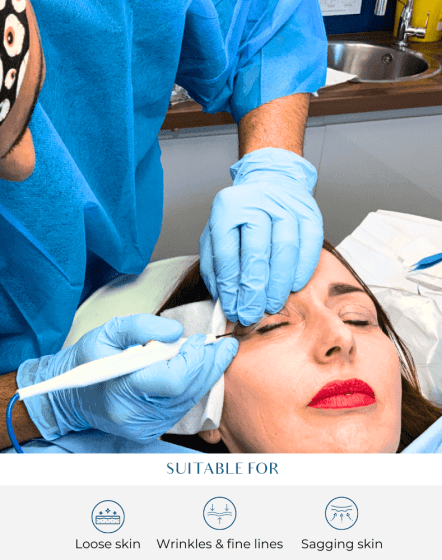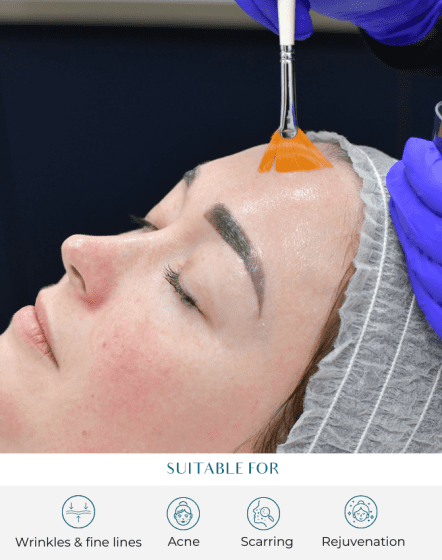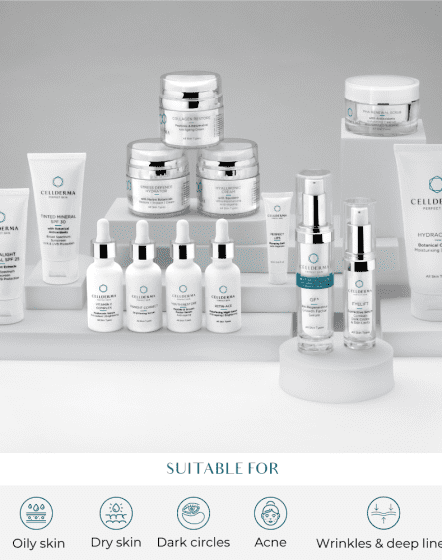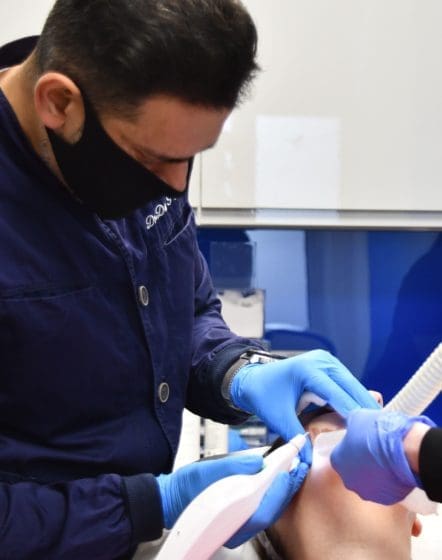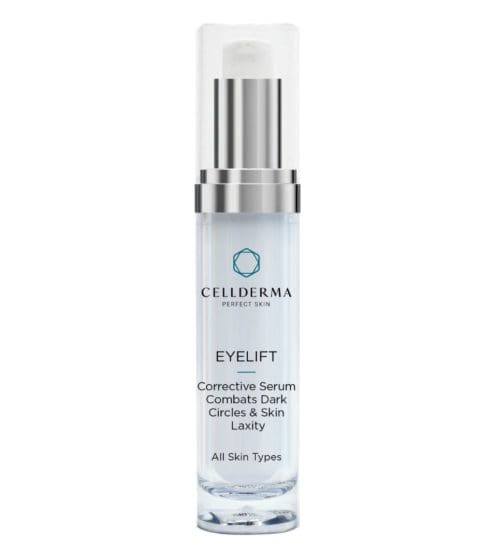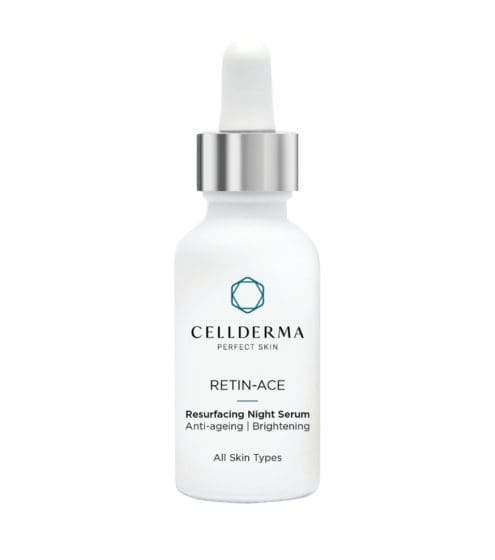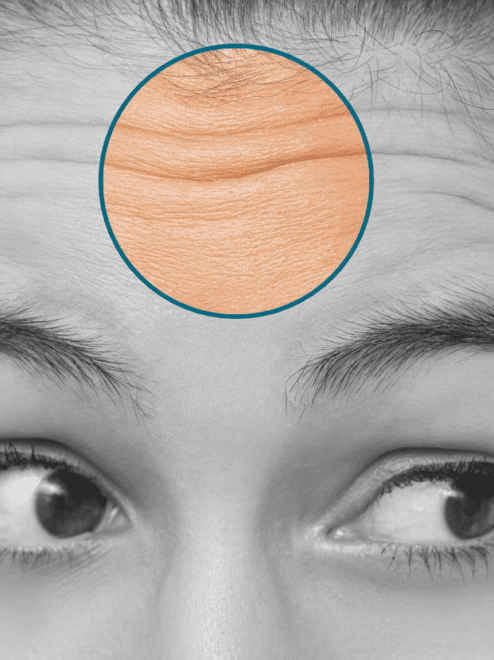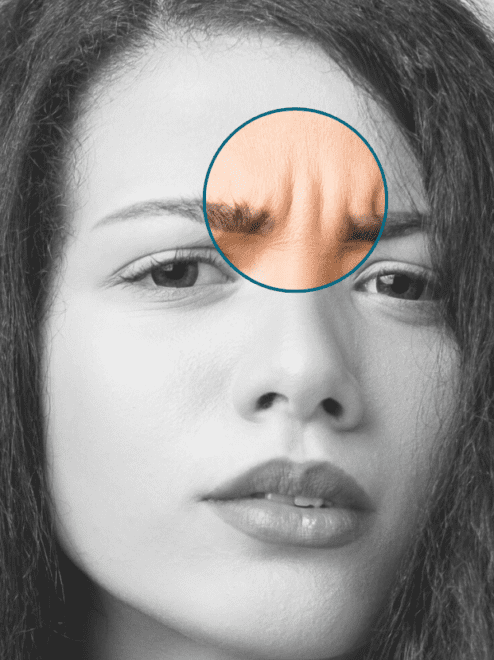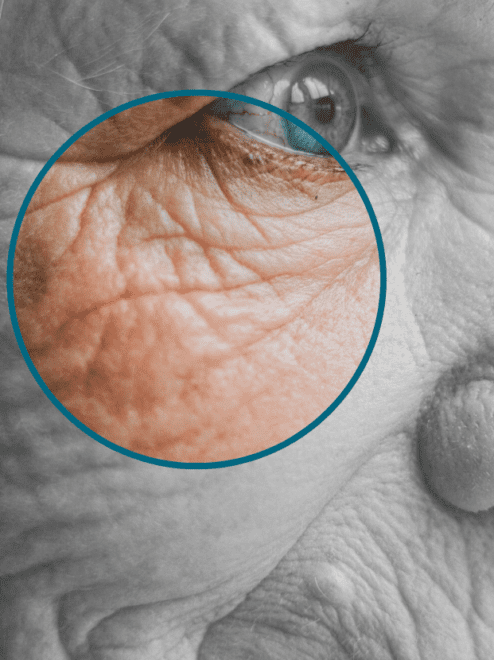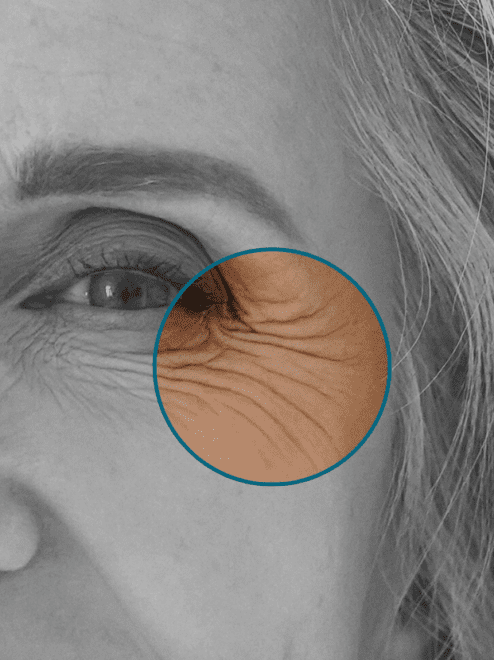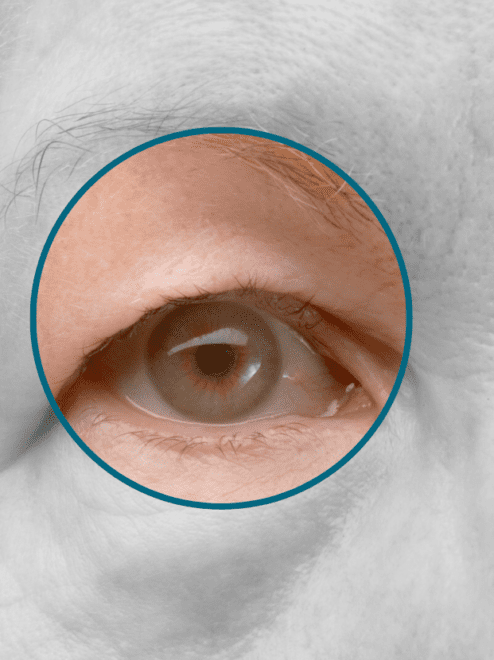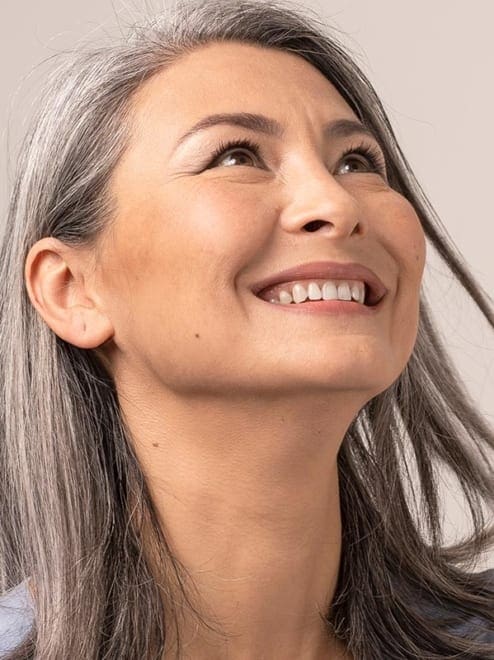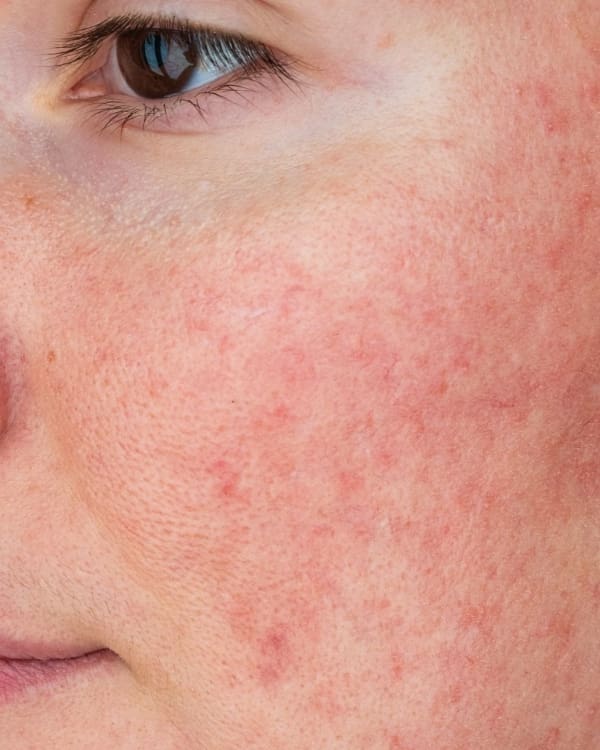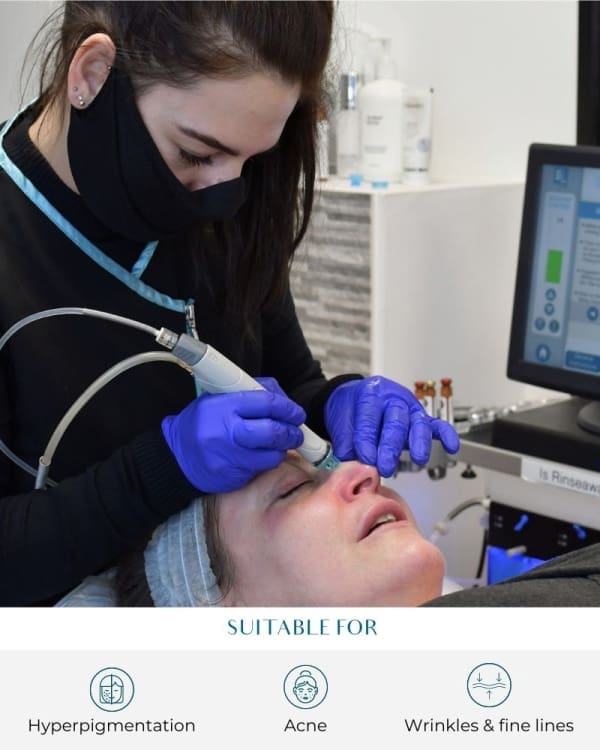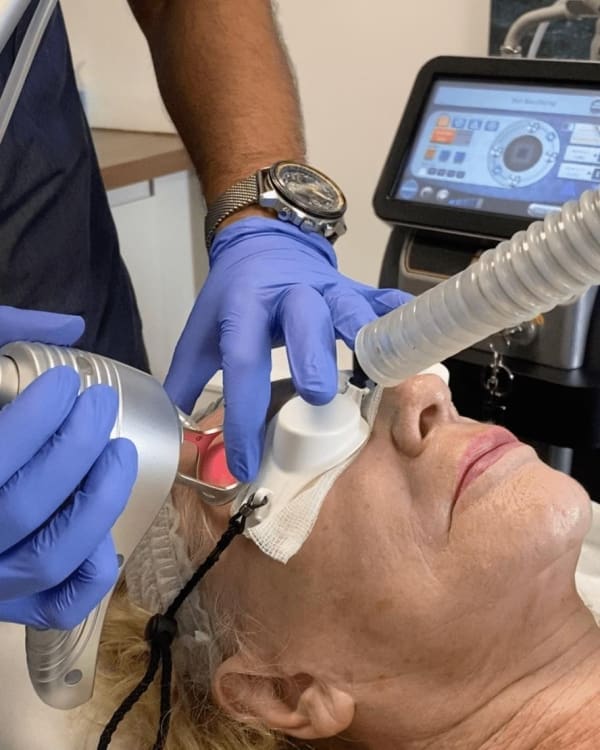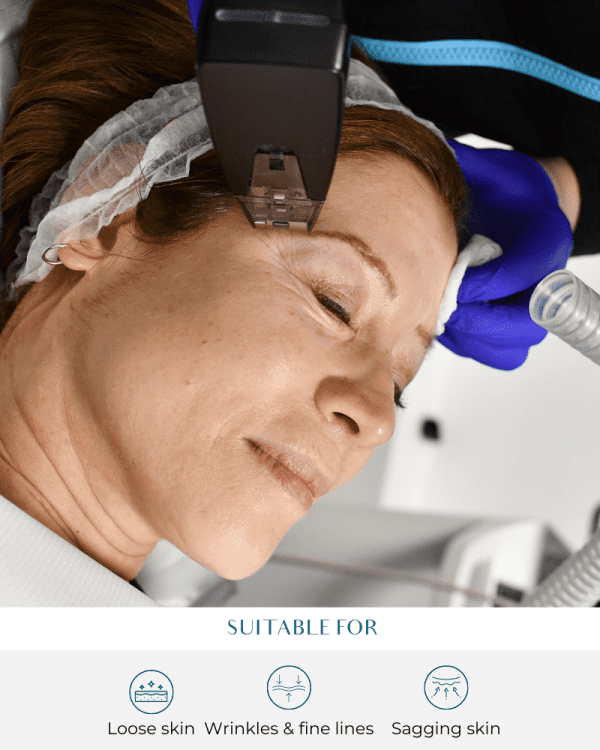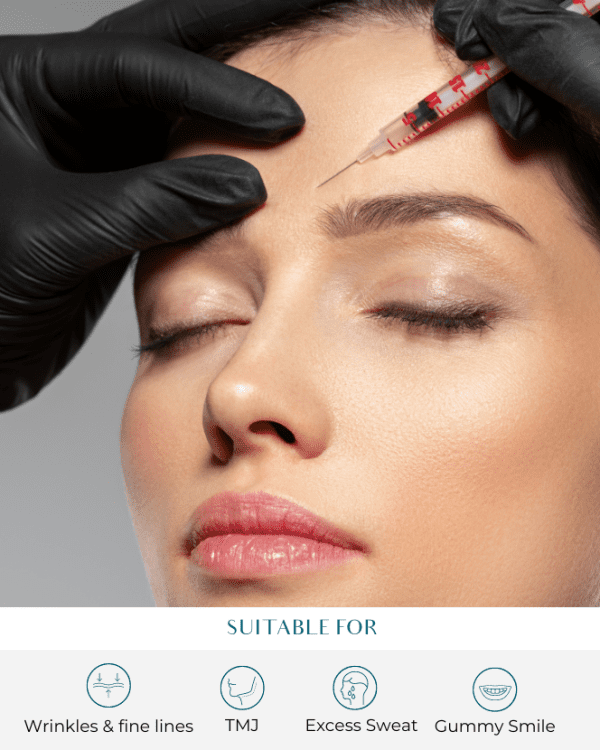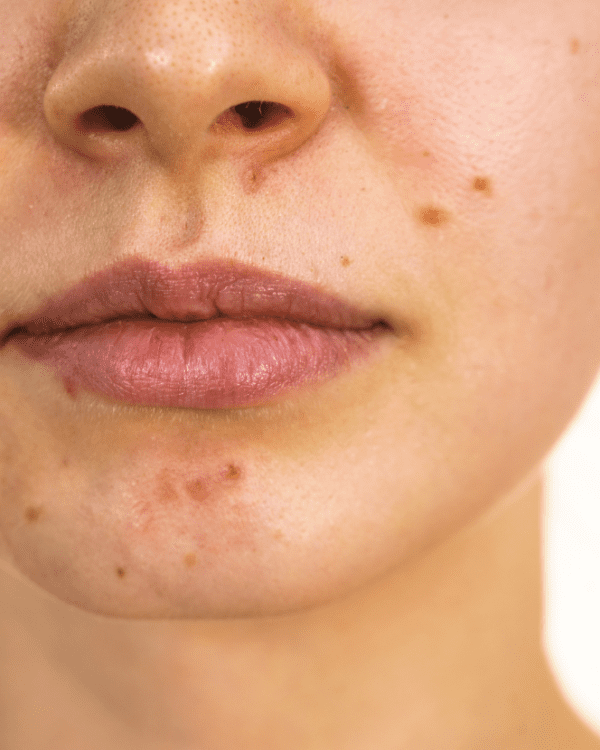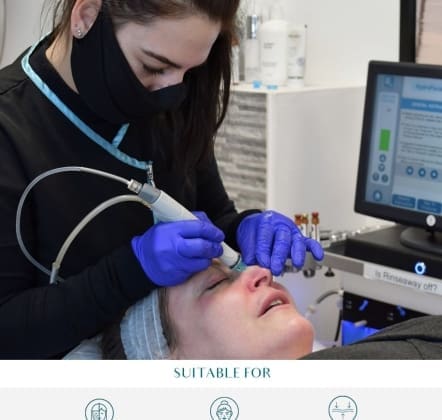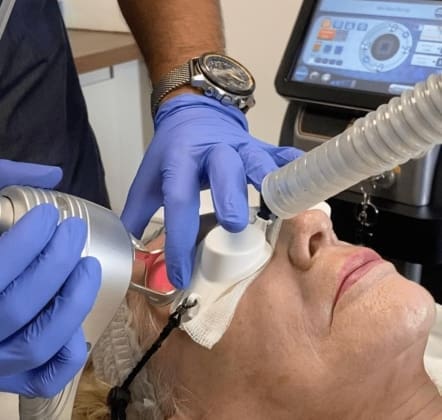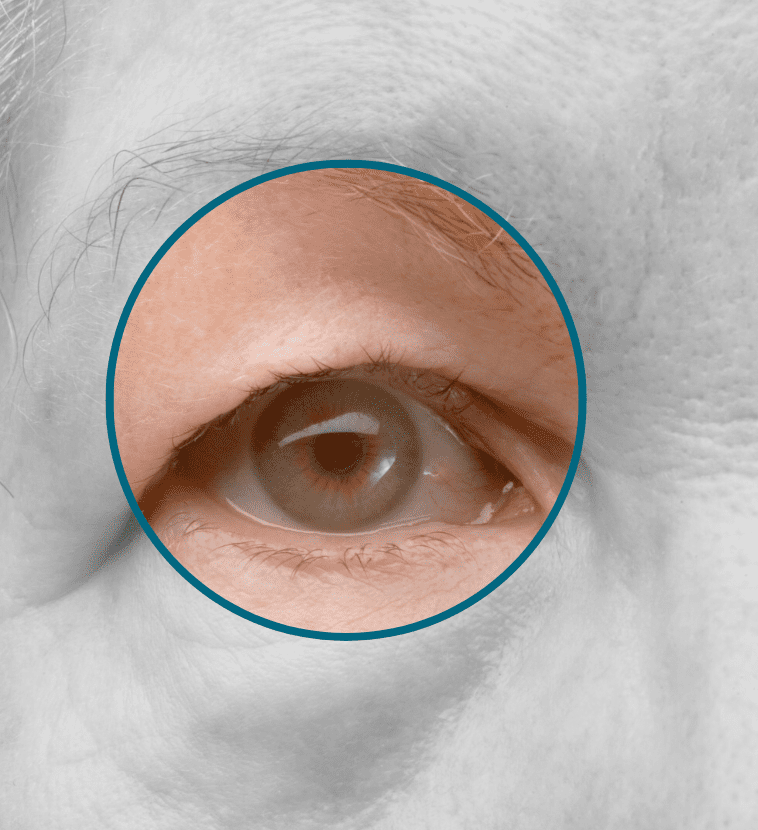

face Condition
Baggy Eyelids: Solutions
The natural ageing process causes the skin to lose elasticity and the eyelid muscles to weaken. The skin around the eyes becomes thin and sun-damaged. Over time this can cause the eyelids to droop and dark circles to appear. As fat is lost, hollows form around the eyes. This can cause baggy or droopy eyelids.
Baggy Eyelids
Baggy eyelids, medically known as ptosis, are the sagging or drooping of the upper eyelid. This can be one or both eyes and can be present from birth (congenital ptosis) or develop later in life. Understanding the causes and symptoms of baggy eyelids is key to finding the right solution.
Several factors can cause baggy eyelids, including the natural aging process, which causes the skin to lose its elasticity and the eyelid muscles to weaken. Nerve damage and certain medical conditions, like myasthenia gravis, can also cause ptosis. In some cases, baggy eyelids can be a sign of an underlying neurological condition. Knowing these potential causes will help you seek the right medical advice and treatment.
Hooded/baggy Drooping Eyelids
Baggy or hooded eyelids are one of the more obvious signs of aging. They are characterized by sagging or drooping skin around the eye area. As we age, our skin loses its elasticity and starts to sag, but the effect is most noticeable on our face, especially around the eyes.
Many factors including age and skin damage cause baggy or hooded eyelids. As we age we lose collagen and elastin in the skin causing it to sag and wrinkle. This is more apparent in the eye area due to us blinking, squinting, and smiling throughout the day. Addressing this excess skin and improving its elasticity is key to treating baggy eyelids. Cosmetic surgery such as upper eyelid blepharoplasty can improve both appearance and function.
The body also loses fat in the aging process. This can cause hollow areas on the face, making us look older. Our bones also lose density. Fat depletion can make skin look less plump and healthy. When combined with skin quality reduction the eye area can look tired, hollow, and saggy.
What Can You Do About Droopy Eyelids?
There are many topical treatments and it can be overwhelming for consumers to know what actually works. We can offer award-winning skincare and in-clinic treatments that have been proven to improve the eye area. If you are looking for a surgical approach we have two experienced surgeons who specialise in blepharoplasty. Eyelid surgery can remove excess skin and reposition fat to address issues like baggy eyelids.
If you have hooded, baggy eyelids or sagging, wrinkled skin around your eyes we have options for you depending on your preference. Plastic surgery may be considered if the eyelid drooping affects your appearance, self-esteem, or even vision.
Treatment Options
The treatment for baggy eyelids varies depending on the cause and severity of the condition. In some cases if the baggy eyelid does not affect vision or appearance no treatment is needed. But if it affects vision, discomfort, or is a cosmetic concern several options are available.
Surgical approaches like blepharoplasty can remove excess skin and tighten the eyelid muscles to improve the eyelid’s appearance and function. For those who want nonsurgical options eyelid exercises and eyelid lifts can offer improvement without surgery. These methods can improve the eyelid’s appearance by strengthening the eyelid muscles and reducing sagging.
Non-Surgical Options for Drooping Eyelids
Non surgical options for sagging eyelids include Ultraclear, Sofwave, EndoLift, NeoGen, and Plexr.
Therefore, without any needles or cutting of the skin, we can improve the muscles around the area and tighten sagging skin around the eyes. We can treat upper eyelids and lower eyelids.
Blepharoplasty for Baggy Eyelids
Blepharoplasty is a surgical procedure that addresses baggy eyelids by removing excess skin and tightening the eyelid muscles. This can be done on the upper eyelid, lower eyelid, or both. Done under local anesthesia blepharoplasty can take several hours.
The benefits of blepharoplasty are a more youthful and refreshed look, reduced excess skin, and improved vision. But like any surgical procedure, it has risks and complications such as dry eye, infection, and scarring. It’s important to discuss these risks with a qualified surgeon to make an informed decision.
Recovery from Blepharoplasty
Recovery from blepharoplasty takes several weeks during which patients may experience swelling, bruising, and discomfort. To promote healing and minimize complications follow the surgeon’s post-op instructions carefully. This may include applying cold compresses to the eyes, keeping the head elevated, avoiding strenuous activities and following a specific care routine.
Do not rub or touch your eyes. With proper care, most patients can recover fully from blepharoplasty and look better and see better.
When To Seek Treatment
If your vision changes due to sagging skin or you are not happy with the cosmetic look of your eyes, book a consultation and talk to us. We can talk you through the best option for your personal goals and let you know the risks and benefits in detail.

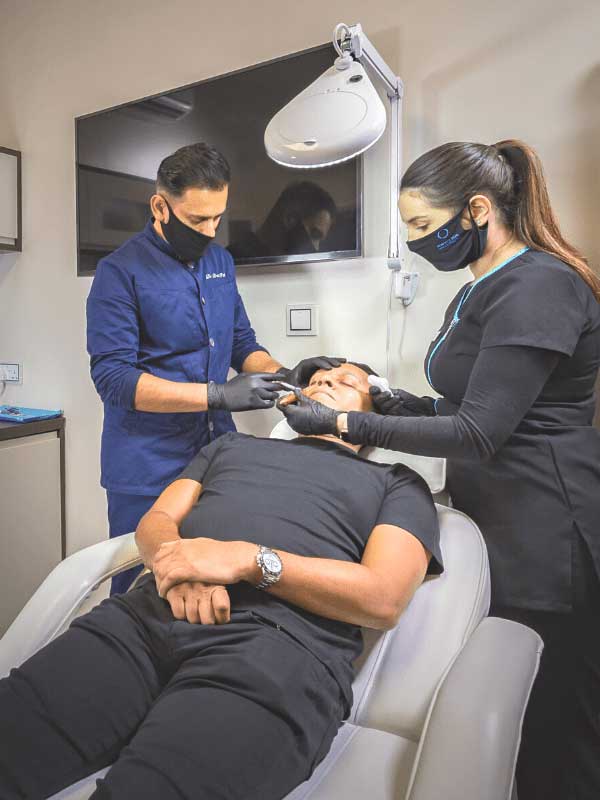

Why have your Baggy Eyelids: Solutions treated at Perfect Skin Solutions?
At Perfect Skin Solutions, our surgeons or doctors can offer treatments, surgical or non-surgical, depending on what you feel suits you.
A non-surgical option is Plexr – a ground-breaking and patented innovation, opening a new and exciting frontier in the field of Medical Aesthetics. Dr Patel, was one of the first doctors to offer this revolutionary treatment and is one of the leading Doctors performing Plexr in the UK.
If you feel the surgical route is better for you, then either of our two highly experienced surgeons are able to offer blepharoplasty (upper eyelid excess skin removal).
Get in contact

























